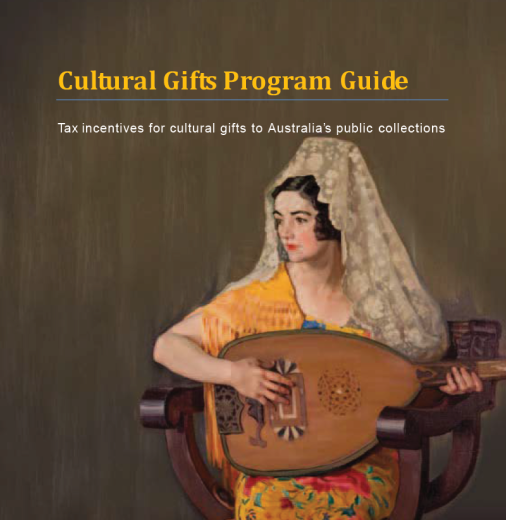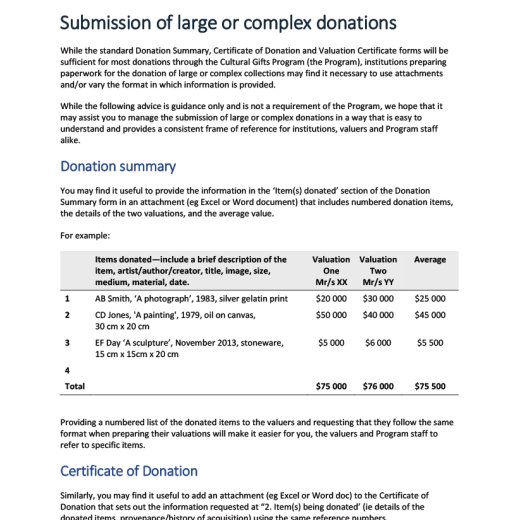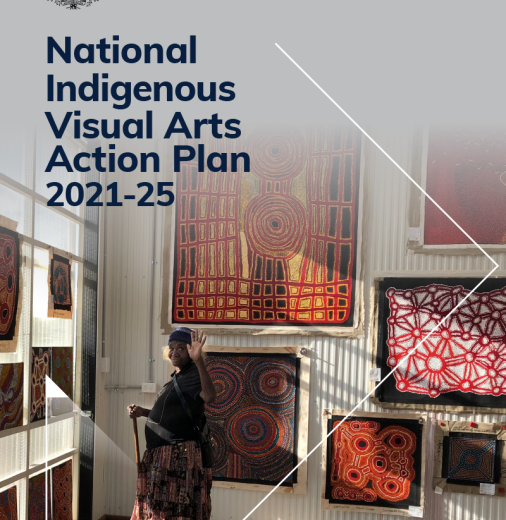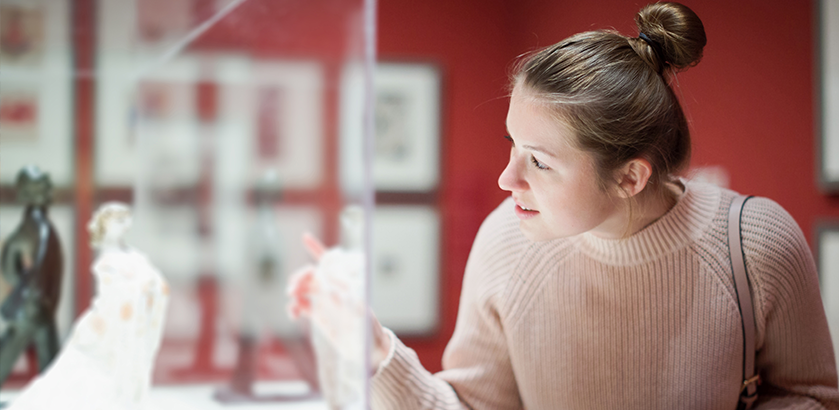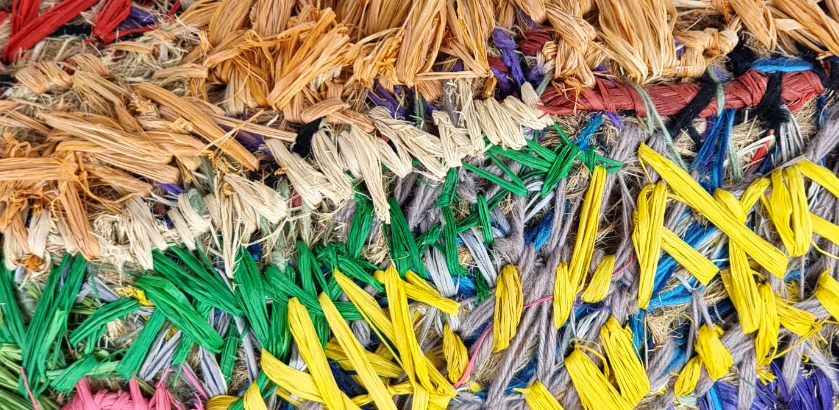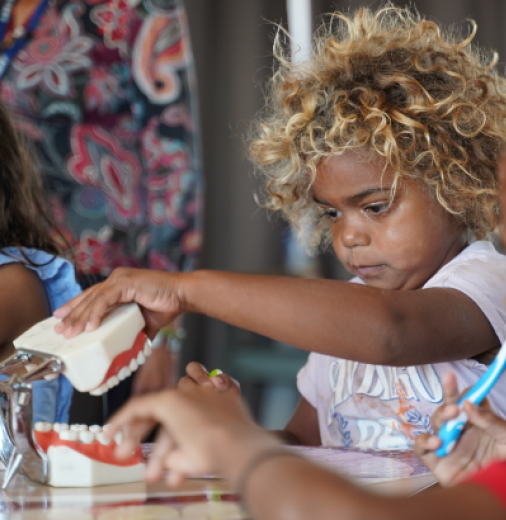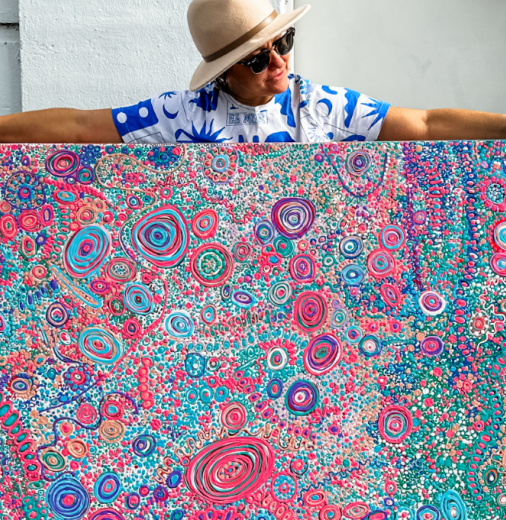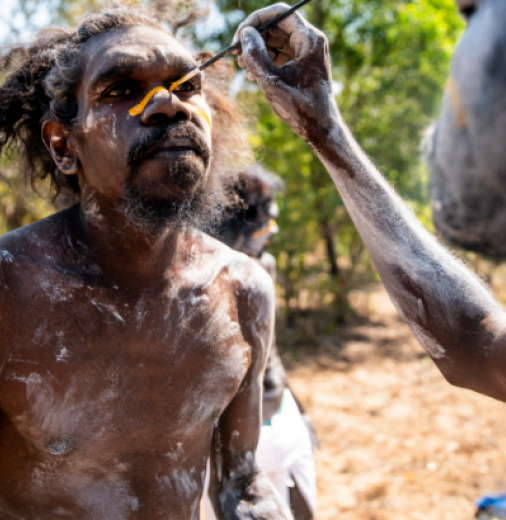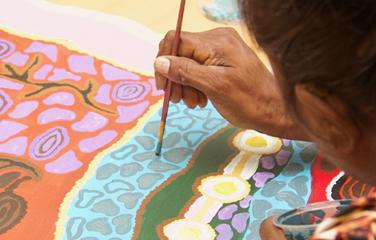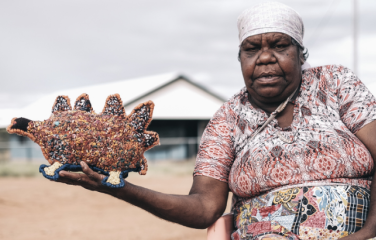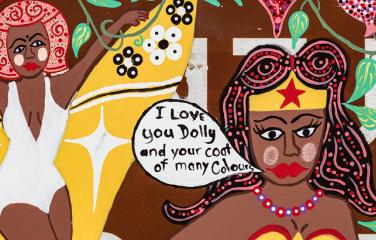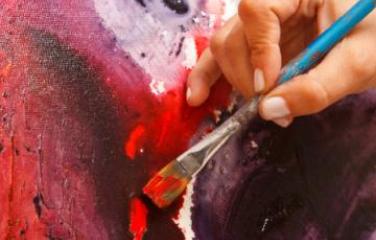Participating institutions
Enriching Australia's public collections
The Cultural Gifts Program (CGP) helps make important cultural items accessible to the Australian public by providing incentives for donors to donate art and cultural property to Australia's public collecting institutions.
Public collecting institutions must be endorsed as a Deductible Gift Recipient (DGR) on the basis of being a public art gallery, museum or library (including archives) by the Australian Taxation Office (ATO). Institutions and donors are encouraged to familiarise themselves with the Cultural Gifts Program Guide prior to commencing an application.
Roles and responsibilities
The process of providing a donor with a tax deduction for a donation made under the Cultural Gifts Program begins when a participating institution accepts the donation into its collection.
The recipient institution is responsible for:
- Ensuring the donation meets the institution's collection policy, including undertaking due diligence in relation to ensuring it complies with all legal requirements.
- Accepting the donation into its permanent collection.
- The donor and institution must complete a Certificate of Donation. For large donations, please complete the large donations template.
- Assisting donors in obtaining at least two valuations for the donation from CGP approved valuers.
- Valuations will not be accepted under the CGP unless the valuer is approved for the relevant class. For example, a valuer approved for Australian paintings after 1950 would not be eligible to value an Australian painting dated 1890.
- Submitting the required documentation to the department using the online system. The Certificate of Donation and Valuation Certificates for donations made under the CGP must be submitted through the department's online submission portal: Start now. For collections of four or more items please upload a complete list itemising both valuations using the breakdown of items template.
- The department will notify the donor and the institution upon receipt of the application.
- The department will send the donor a letter once the application is finalised.
Acknowledging Australian Government support
Recipient institutions must acknowledge the Cultural Gifts Program when referring to donated items on materials including but not limited to promotional materials, websites, social media, invitations and signage.
The standard acknowledgement for a donation is:
Donated through the Australian Government's Cultural Gifts Program.
Acceptable variations include:
Donated through the Australian Government's Cultural Gifts Program by [donor's name].
Donated through the Australian Government's Cultural Gifts Program by [donor's name] in memory of [name].
Donated through the Australian Government's Cultural Gifts Program in memory of [name].
Deaccessioning
Donations should only be accepted on the basis that they will form part of an institution's permanent collection. However, the department acknowledges changes in collection policies may occasionally result in the need to deaccession items.
If items are removed from a collection, this should be done in accordance with the institution's deaccessioning policy. Donations under the CGP should not be returned to the donor as the donor has already received the benefit of the tax deduction for the gift.
Frequently asked questions
- Visit the frequently asked questions page for more information.


